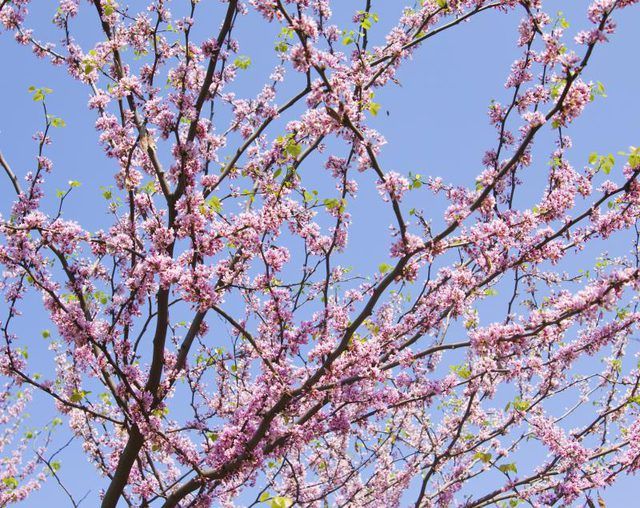Bulbs
Flower Basics
Flower Beds & Specialty Gardens
Flower Garden
Garden Furniture
Garden Gnomes
Garden Seeds
Garden Sheds
Garden Statues
Garden Tools & Supplies
Gardening Basics
Green & Organic
Groundcovers & Vines
Growing Annuals
Growing Basil
Growing Beans
Growing Berries
Growing Blueberries
Growing Cactus
Growing Corn
Growing Cotton
Growing Edibles
Growing Flowers
Growing Garlic
Growing Grapes
Growing Grass
Growing Herbs
Growing Jasmine
Growing Mint
Growing Mushrooms
Orchids
Growing Peanuts
Growing Perennials
Growing Plants
Growing Rosemary
Growing Roses
Growing Strawberries
Growing Sunflowers
Growing Thyme
Growing Tomatoes
Growing Tulips
Growing Vegetables
Herb Basics
Herb Garden
Indoor Growing
Landscaping Basics
Landscaping Patios
Landscaping Plants
Landscaping Shrubs
Landscaping Trees
Landscaping Walks & Pathways
Lawn Basics
Lawn Maintenance
Lawn Mowers
Lawn Ornaments
Lawn Planting
Lawn Tools
Outdoor Growing
Overall Landscape Planning
Pests, Weeds & Problems
Plant Basics
Rock Garden
Rose Garden
Shrubs
Soil
Specialty Gardens
Trees
Vegetable Garden
Yard Maintenance
Redbud Tree Diseases
Redbud Tree Diseases. Redbuds (Cercis spp.) are small spring-flowering trees, with numerous species and cultivars. One common variety in the U.S. is the eastern redbud (Cercis canadensis), thriving in U.S. Department of Agriculture plant hardiness zones 4b through 9a. The western redbud (Cercis occidentalis) grows in USDA zones 7 to 9. Western...

Redbuds (Cercis spp.) are small spring-flowering trees, with numerous species and cultivars. One common variety in the U.S. is the eastern redbud (Cercis canadensis), thriving in U.S. Department of Agriculture plant hardiness zones 4b through 9a. The western redbud (Cercis occidentalis) grows in USDA zones 7 to 9. Western redbuds have a lifespan of 40 to 150 years, but Eastern redbuds are short lived and rarely survive as long as 30 years. Both varieties are susceptible to the same diseases.
Botryosphaeria Canker
Canker is the most damaging disease of redbud trees, according to the Texas A&M Agrilife Extension. Cankers are sunken, diseased areas of bark that start out small but slowly grow. Damaged bark becomes darker and rougher, and can eventually peel away. Cankers continue growing until they surround, or girdle, the branch, cutting off water and nutrients and eventually killing that part of the tree. The entire tree can die if cankers move from the branches into the trunk.
This fungus does not respond to fungicides. Prune away infected branches at least 6 to 8 inches below the damaged part of the branch. Dip pruning tools into a solution of one part bleach to nine parts water between cuts, to prevent the fungus from spreading between cuts.
The Botryosphaeria dothidia fungus that causes Botryosphaeria canker enters environmentally stressed trees through openings caused by mechanical injury or insect damage. To help prevent this disease, water regularly during periods of drought, and avoid unnecessarily wounding the tree.
Verticillium Wilt
The Verticillium dahliae and Verticillium albo-atrum fungi cause verticillium wilt, a serious infection that can cause rapid death in redbud trees. The fungus enters the tree through its roots and attacks the water transport system, or xylem, making it difficult for water and nutrients to travel throughout the tree. As the fungus grows, the tree biochemically attempts to stop the fungus from spreading by plugging up the water conducting system, which further inhibits the xylem’s ability to transport water.
In the early stages of the disease, only a few branches or one portion of the canopy will show symptoms. The leaves may be small, discolored or grow poorly, or the entire branch may suddenly die. The sapwood beneath the bark is usually discolored or streaked. The plant may die rapidly or more slowly depending on the health of the plant and the severity of the infection.
Fungicides are ineffective against verticillium wilt. Keep plants healthy by fertilizing according to the needs of the soil. Water regularly during dry seasons, and prune out diseased branches with disinfected tools. There is no cure for verticillium wilt, but caring for the tree can postpone the inevitable by as long as several years.
Leaf Anthracnose
Leaf anthracnose is characterized by irregularly-shaped or circular areas of dying tissue that form along the leaf margins or veins. The spots expand into unsightly brown patches, and diseased leaves may fall prematurely from the tree. These leaves harbor spores that can reinfect plants the following spring, so remove and destroy them as they fall. Leaf anthracnose does not significantly affect the health of redbud trees, and fungicides are not usually necessary.
Leaf Spot Diseases
Fungi such as Phyllosticta, Cercospora and Gloeosporium can create unattractive leaf spots on redbuds. Symptoms normally appear during periods of hot, humid weather. Irregular discolored spots appear on the foliage. The spots may drop out and leave holes in the leaves. Severely infected leaves may fall from the tree. Leaf spot diseases are rarely harmful to redbuds, and fungicides are not usually recommended.